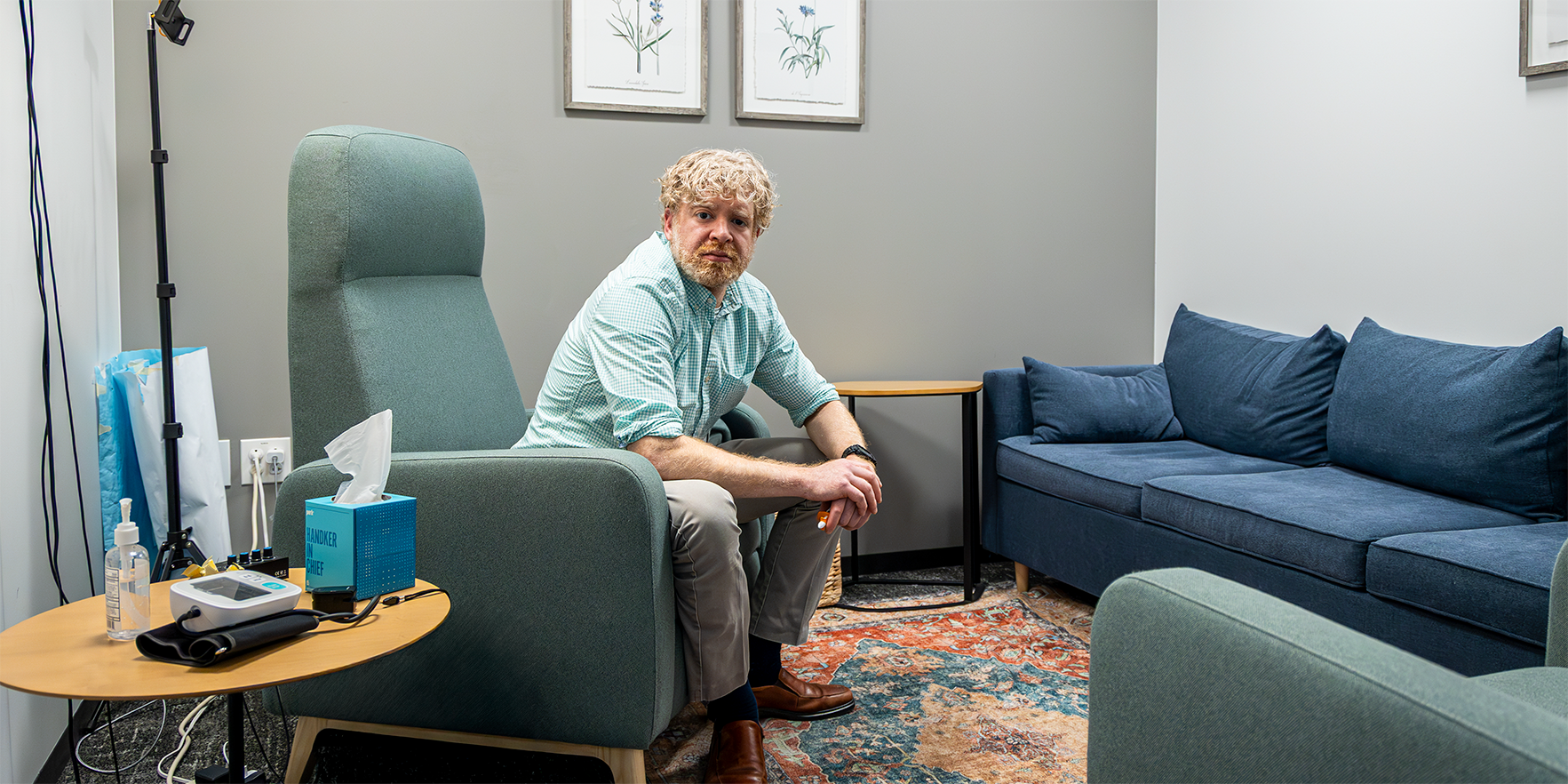As the time changes and the dark days of winter settle in, many people may start feeling the impacts of seasonal affective disorder (SAD). Even in Colorado, where we see more sun than most states, SAD is an ongoing problem for many residents and can severely impact their professional and personal relationships if left untreated.
Kyle Baird, DO, is the associate medical director of the Outpatient Psychiatry Clinic and the associate program director of the Psychiatry Residency Training Program at the University of Colorado School of Medicine on the CU Anschutz Medical Campus. He has spent a large part of his career working with patients who suffer from SAD.
Below, Laura Kelley, media relations professional in the CU Anschutz Office of Communications, speaks to Baird about how to recognize the symptoms of SAD and how there might be a light at the end of the tunnel when it comes to treatment.





